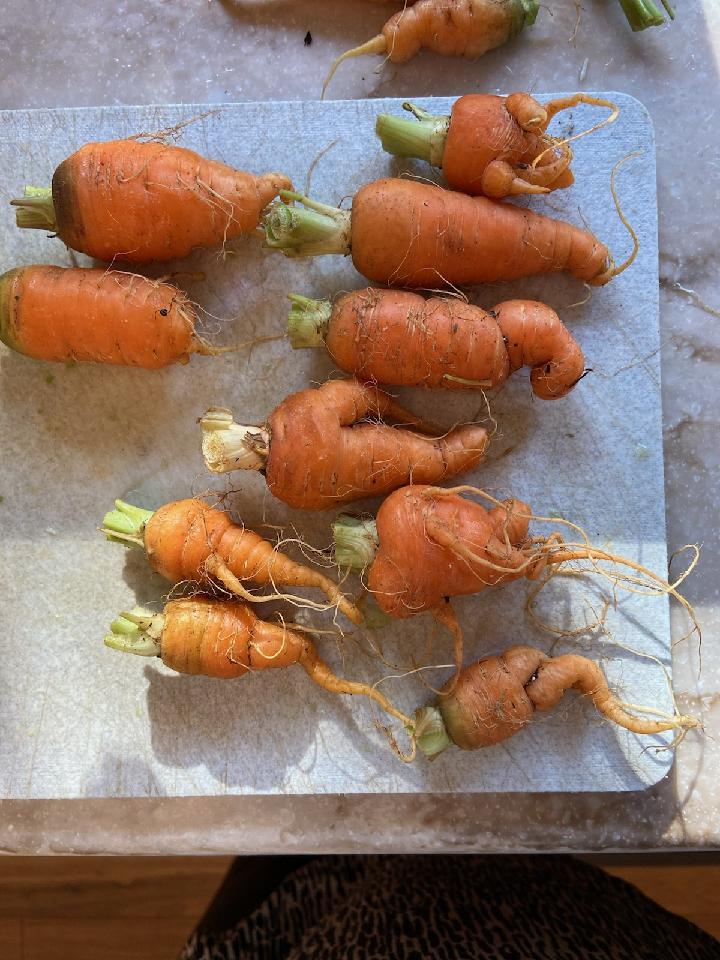1/1
ugly carrots, proud heart: my backyard victory
I still remember the taste of carrots from my grandmother’s garden—sweet, earthy, and always a little crooked. Back then, nobody cared if a carrot was picture-perfect. But these days, it feels like every gardening magazine and neighbor expects flawless, straight roots. For three long seasons, I tried to live up to that standard. Each year, my carrots turned out stubby, twisted, or split. I felt embarrassed, especially when my grandkids laughed at my "funny veggies" and my neighbor, who swears by raised beds and fancy soil mixes, showed off his perfect harvests. But this spring, after another round of trial and error, I finally pulled up a handful of homegrown carrots. They’re still far from supermarket pretty—some are forked, others are knobby—but they’re mine. I can’t help but feel a surge of pride, remembering how my mother used to say, “Nature doesn’t care about straight lines.” Here in our region, with unpredictable spring frosts and heavy clay soil, growing carrots isn’t easy. Some folks insist on chemical fertilizers and imported seeds, while others, like me, stick to compost and old family tricks. There’s always a debate at the community garden: should we prioritize yield and appearance, or honor tradition and sustainability? As I washed the dirt from my imperfect carrots, I thought about how gardening connects generations. Maybe my grandkids will remember these odd-shaped roots, just like I remember my grandmother’s. Maybe they’ll even argue with their friends about the "right" way to grow a carrot. For me, these humble vegetables are a reminder that beauty in the garden—and in life—comes in many forms. #gardeningmemories #imperfectproduce #familytradition #Gardening
2025-05-27
write a comment...
